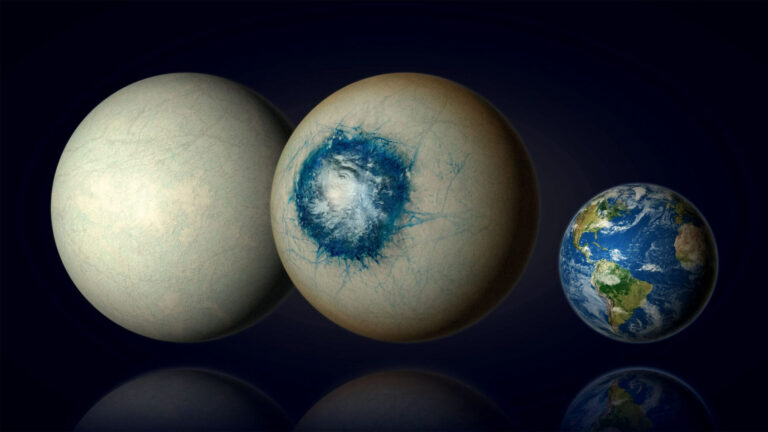A newly discovered rocky exoplanet emerges as a top candidate in the search for potential life outside of our own planet.
A planet with an exposed surface similar to rocks in proximity of the red dwarf star has seen potential to be the best location to search for life off our solar system.
The new world was discovered as it crossed the face of its parent star for a brief moment, and to minimize the effect, it only had a very short shadow which was observed by the MEarth-South observatory located in the desert of Chile. It is located 39 light years from Earth and lies in the red tipped habitable zone where liquid water to host life like us could exist orbiting around a star called LHS 1140 in the ‘sea monster’ constellation known as Cetus. The new exoplanet discussed by Dittmann previously known as LHS 1140b, was described by Jason Dittman from the Harvard-Smithsonian Center for Astrophysics to be the most interesting one he has ever seen in about ten years.
“We could hardly hope for a better target to perform one of the biggest quests in science: for such evidence of life on other planets ‘The search for life as we know it beyond Earth’ he said to journalists. Even with the current discoveries, astronomers are now naming new planets at a rate that what is considered to be the most SETI-friendly real estate shifts from month to month. Scientists found seven planets, similar to LHS 1140, circling another star at roughly the same distance, which exhorts that the quest for existence beyond Earth may commence sooner than the experts thought. Proxima b located in our immediate neighbour is four light years away and last year astronomers increased the chances of life on such planet.
LHS 1140b still stands out among the other exoplanets in its category because it is not subjected to the same amount of high-energy radiation that sources from its host star. High radiation outputs can erode thin layers of the atmosphere and threaten life forms that may be living below such an environment. Scientists have opined that a huge magma ocean在地вы on LHS 1140b might have released steam into the environment thus helping to replenish the water in the planet. Additional studies noting the planet revealed that it is about 1. 4 times larger than the Earth but seven times more massive, which many researchers attributed to the planet being rocky and having a solid inner core of iron.
The full story has been published by the renowned international journal Nature.
Do not forget to share your opinion with us to provide you with the best posts !




0 Comments